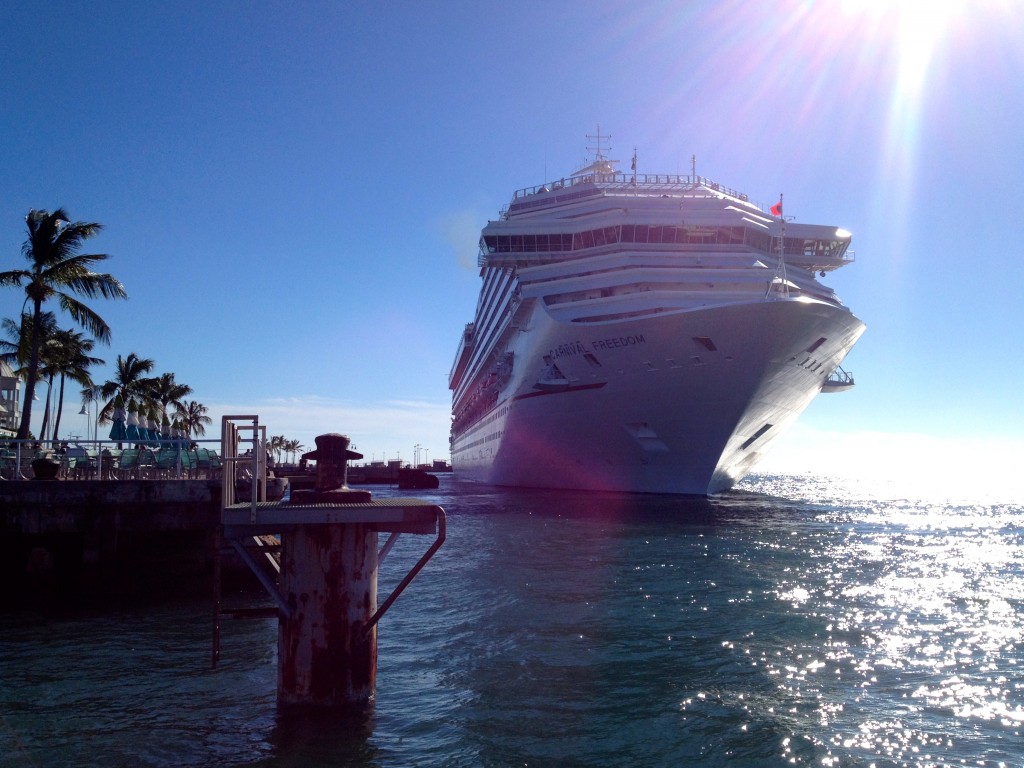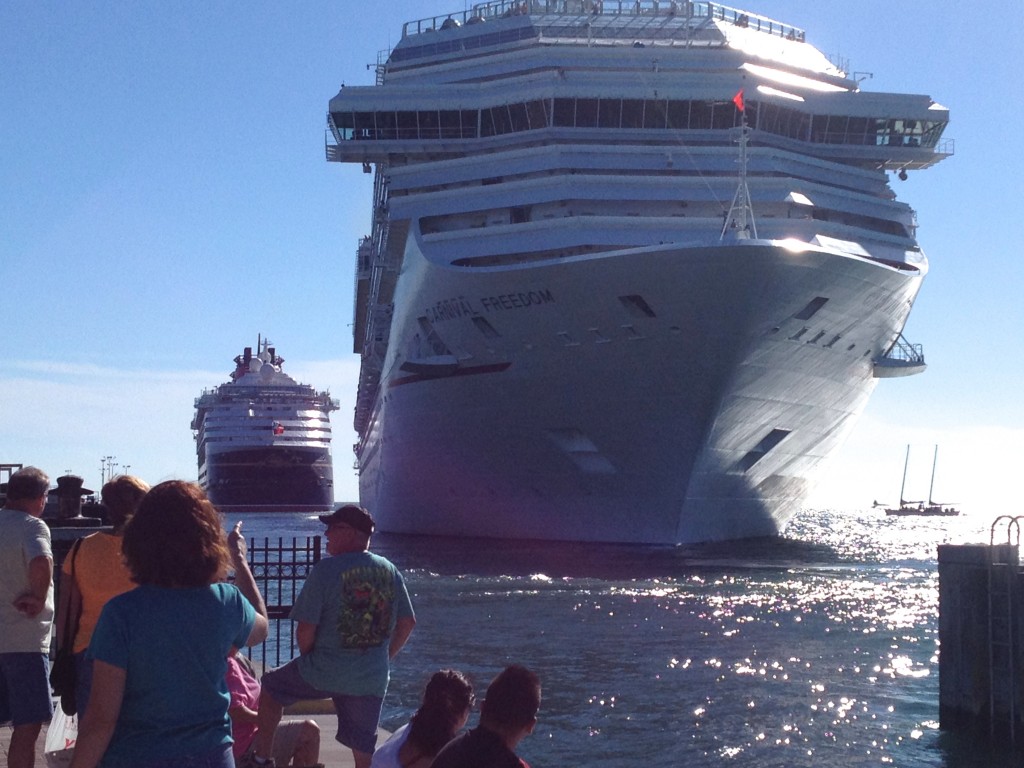Your twin sisters. Your neighbor’s two poodles. Your vision during a dizzy spell. Your doppelgänger.
Double can be interpreted in many ways. Here’s my take on seeing double.



Creative Exploring
Your twin sisters. Your neighbor’s two poodles. Your vision during a dizzy spell. Your doppelgänger.
Double can be interpreted in many ways. Here’s my take on seeing double.



Light makes photographs more interesting and over this weekend, as part of the Photo101 assignments, we’ve been asked to look at the quality of light. How light varies throughout the day.
Depending on what time of day you take your picture will have an impact on the final result.
Factors can change these conditions, including weather, location, and the time of year.
Here is a selection of photos I have taken at various times of the day to illustrate what light can do to make even the simplest of photos something more interesting.





If you would like to see more photos experimenting with light, please check out my post – Quality of Light – Part II
Photography means “drawing with light,” and when you snap a picture with your camera, you use and record light to create an image.
A front-lit subject faces the light source and is even-lit and flat, primarily without shadows. Front light is the most straightforward to work with, but isn’t as dramatic.
Side light is fun to experiment with, especially for portraiture, fine art, and architecture.
When you light a subject from the side, the mix of light and shadow shows more depth and reveals textures, patterns, and complexities (even flaws) in the shot. It can create unexpected results, and be more dramatic.
Sun Halo
I was extremely lucky to capture this photo of our sun. The phenomenon is called a Sun Halo or 22° Halo.
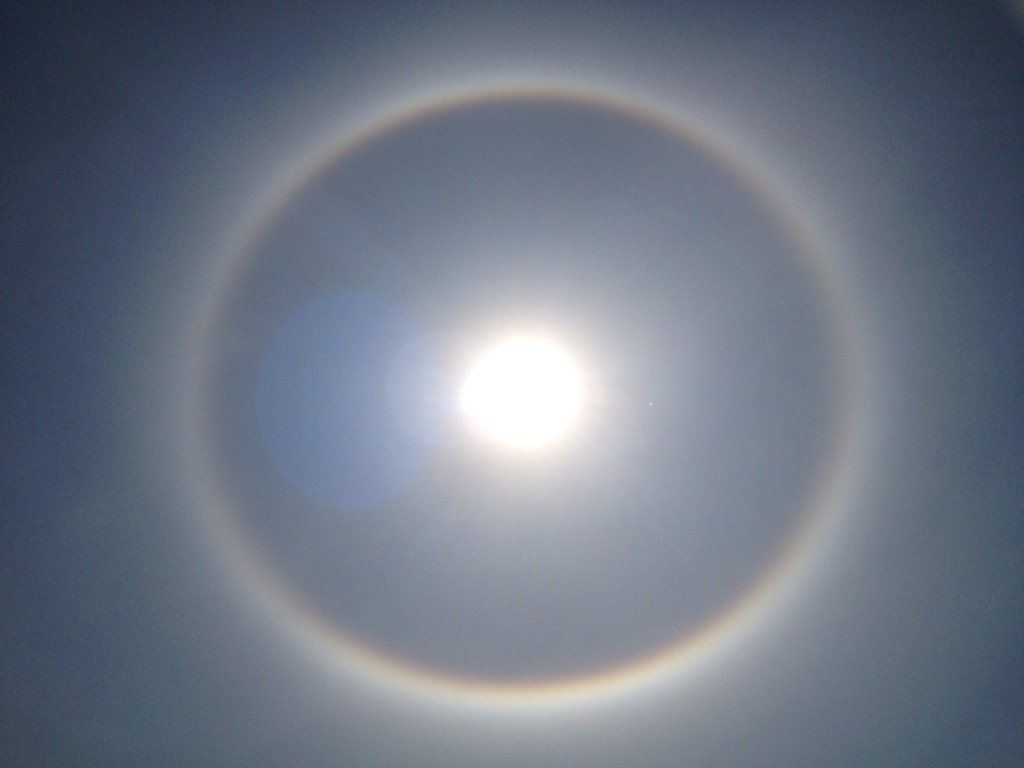
Among the most well known halos is the 22° halo, often just called “halo”, which appears as a large ring around the Sun or Moon with a radius of about 22° (roughly the width of an outstretched hand at arm’s length).
The ice crystals that cause the 22° halo are oriented semi-randomly in the atmosphere, in contrast to the horizontal orientation required for some other halos such as sun dogs and light pillars. As a result of the optical properties of the ice crystals involved, no light is reflected towards the inside of the ring, leaving the sky noticeably darker than the sky around it, and giving it the impression of a “hole in the sky”. The 22° halo is not to be confused with the corona, which is a different optical phenomenon caused by water droplets rather than ice crystals, and which has the appearance of a multicolored disk rather than a ring.
You can find out more about Sun Halo’s here
Sunset
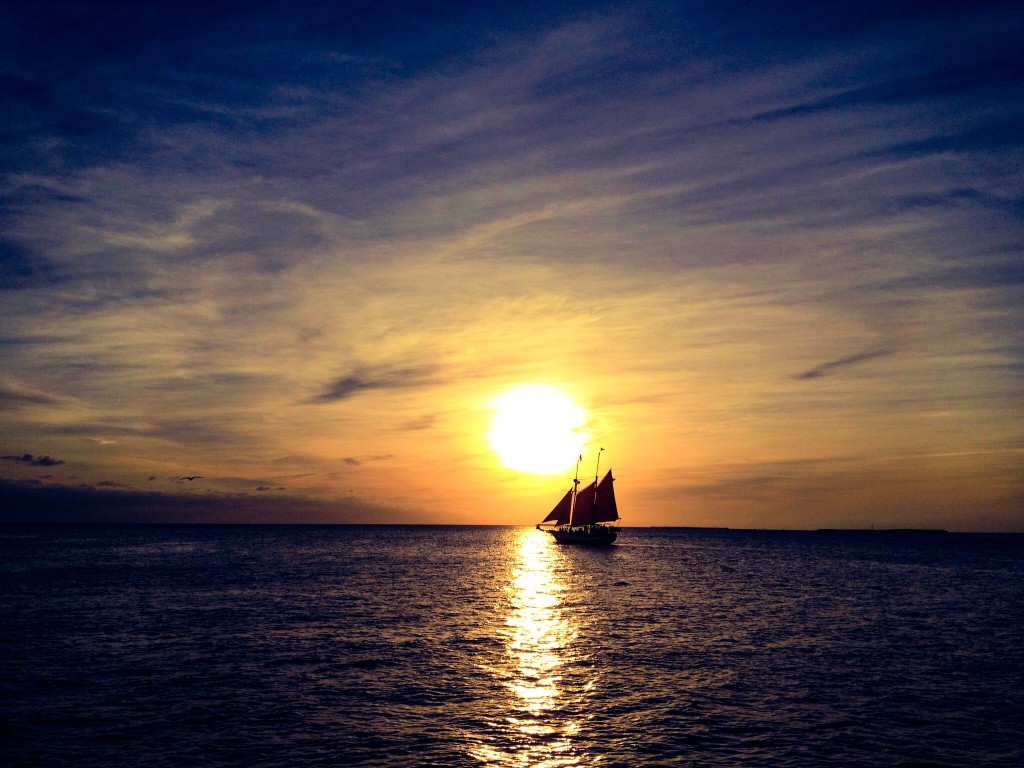
Today, let’s go big. Whether inside or outside, photograph something of massive size. But feel free to interpret big in your own way, and get creative with your shot. Capture all or just part of the subject. Place it in the foreground so it takes up the entire frame. Or shoot it from afar so it appears smaller — yet still prominent.
Well my point of interest to demonstrate BIG is one of the super large cruise ships that sail by every day from the Port of Miami. For something so large they are extremely quiet cutting through the calm waters as if it was butter.
You can be relaxing on the beach or near the bay and suddenly look up and be taken by complete surprise at this massive ship sailing by.
Here are a few shots of these amazing floating hotels.
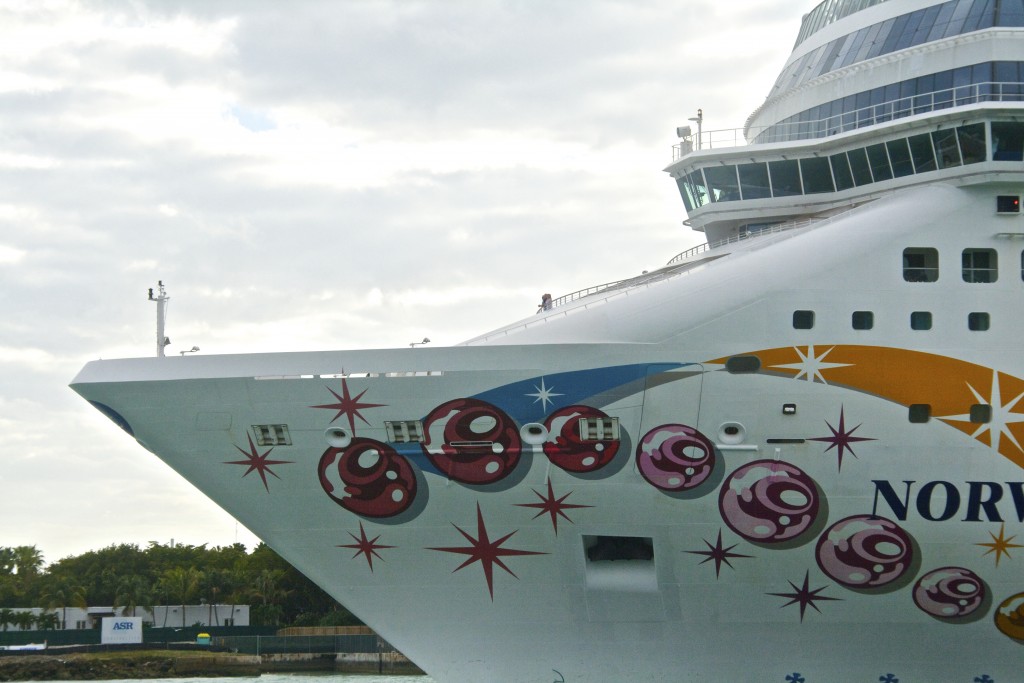
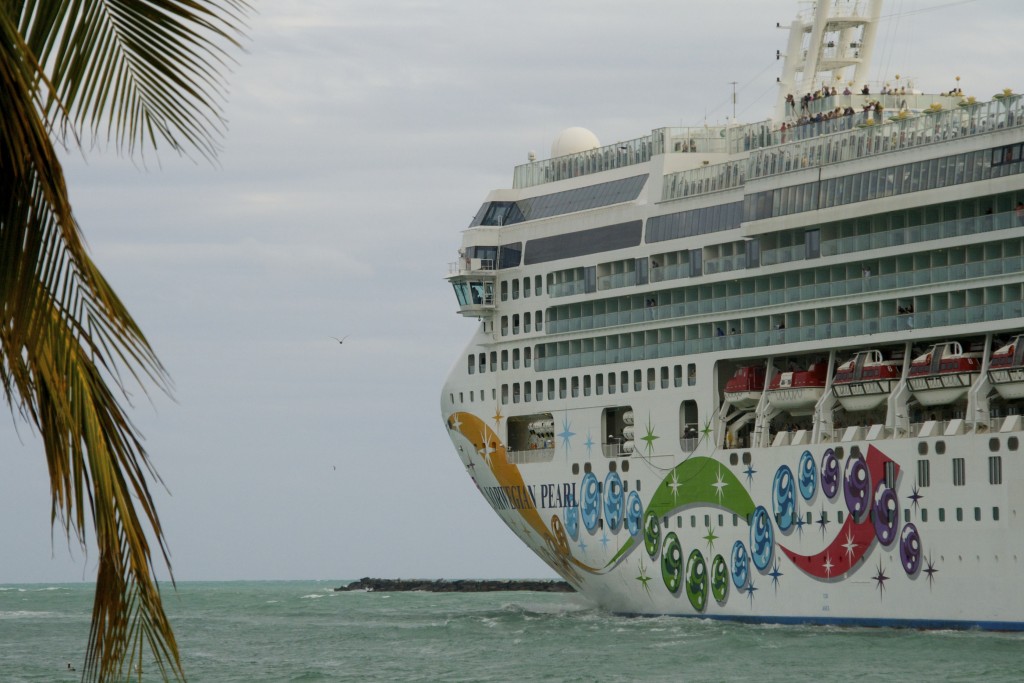

Here are a few more images of cruise ships docked in Key West, FL. In fact these are the ships that will soon be making their way back to Miami.
